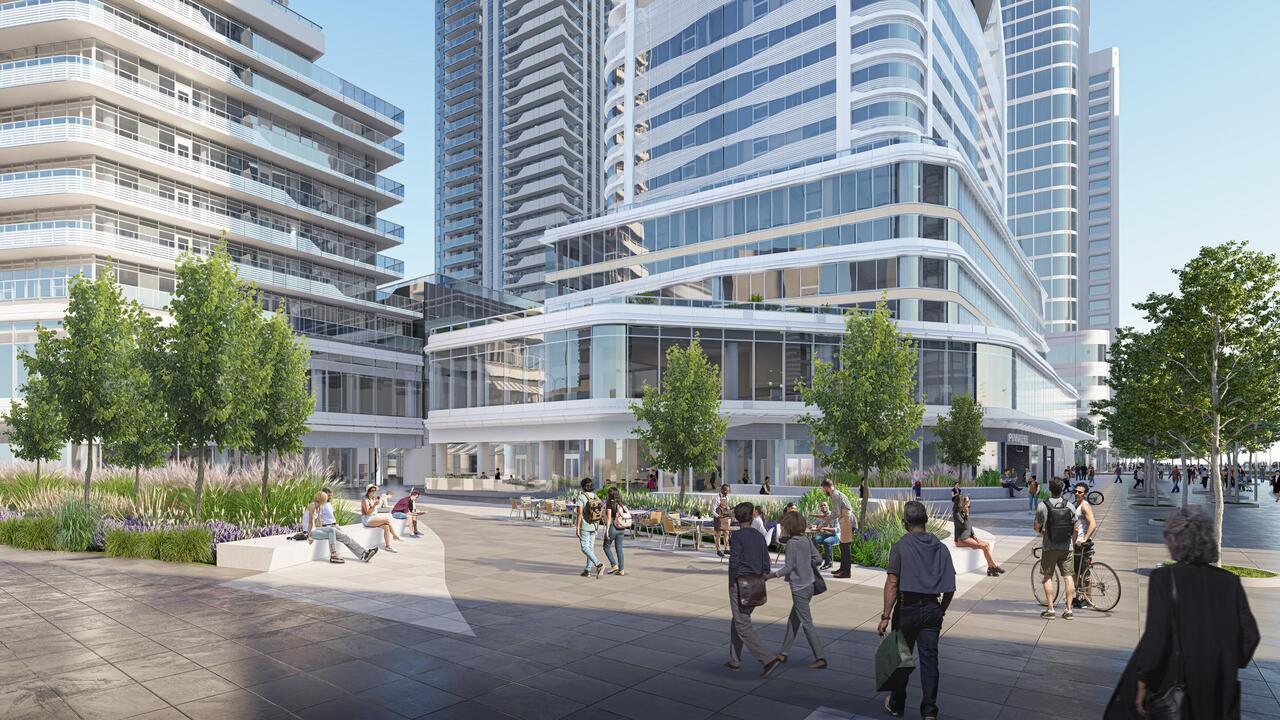It's really hard to say how long our new skyscrapers will last, as modern reinforced concrete construction techniques haven't been around long enough. 100 year old concrete buildings today were designed and constructed much differently than buildings going up today.
There's a number of things that would warrant demolition. Freeze/thaw exposure, the salt for deicing, and just general time are all things that cause rebar corrosion. There's also the possibility of a design level wind or earthquake event, in which case the building would likely need to be demolished.
In the absence of those factors, let's say the structure is contained inside the envelope, GFRP bars are used, and no earthquakes - theoretically it would last "forever" (i.e. longer than humanity). The chances of nothing bad ever happening are pretty small, so people usually say somewhere between 100-200 years.
Ultimately, I'd expect these buildings to be torn down for social or financial reasons over structural. that is unless an earthquake hits Toronto. In which case I could rant for a while about design codes, structural performance, and the unpreparedness of our infrastructure for such events.
